The Importance of Lights on Your Good Sleep and Effective Work
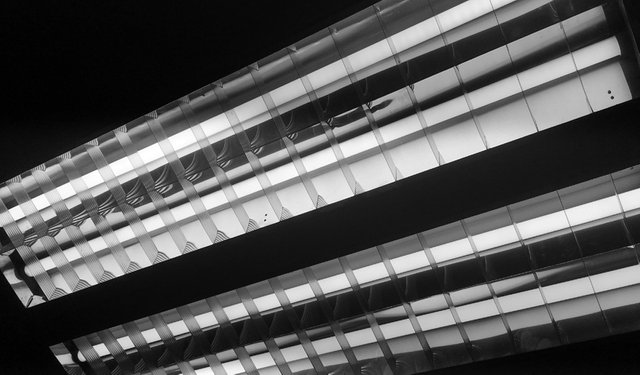
Do you know why you tend to feel so good when you are outside and the sun is shining, but as soon as you get inside and the artificial lights start shining on you that feeling quickly diminishes? Lights play an important role in our life and you need to be careful what lights you are using and when as they may affect your life in an unexpected way, either for good or for bad. Lately I've been talking about Blue Light and how it can affect our sleep negatively if we use digital devices with a display late at night, such as smartphone, tablet or a computer. I've used, tested and recommended some ways that we can reduce the negative effect by warming the images displayed on our digital devices, so that we can get a better sleep at night. I figured it will be nice to give you a bit broader overview of the different lights we use in our everyday life as well as some recommendations on what to use and when to use it, so hopefully you will learn some more useful things today.
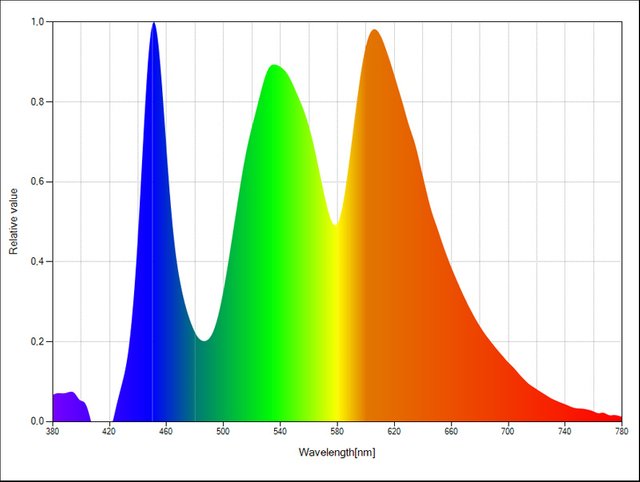
Key Characteristics of Light
Light is just a small part of the electromagnetic spectrum, what we humans see is an even smaller part of that spectrum and is called visible light. The visible light covers a wavelength range in the electromagnetic spectrum in between 400 nanometers and 700 nanometers (nm). The visible light spectrum consists of six main colors: violet, blue, green, yellow, orange and red, though digital displays such as your smartphone or a computer monitor usually use only three main colors RGB (Red, Green and Blue) to represent images, so they are a bit more limited to what the human eye can percept, though they still manage to do pretty good. Digital camera sensors for example are usually more sensitive to light and cover a wider range of the light spectrum, though it is usually narrowed down to the visible light spectrum, so that we can actually see what the camera shoots. This is achieved by reducing the sensitivity of the sensors to match closer the visible light spectrum and there could be additional filters applied to reduce UV or IR light (the lower and the higher end of the light spectrum).
There are pretty much three key characteristics of white light that are very important: color temperature, level of illuminance and color rendering index. The color temperature is measured in Kelvin and represents if the white light is warmer (redder) or colder (bluish), this is different from the color of light. I'm not going to be talking much about the color of light as the focus here is the use of natural and artificial light sources and they are generally white, though there are also some exceptions such as black light (UV light) or color lights. The illuminance of light is the subjective perception that we get about the intensity of the light we see, it can be blinding bright, uncomfortably bright, uncomfortably dim etc. The Color Rendering Index or CRI in short represents how natural is the light we have or closer to the natural daylight on a sunny day.
Do note that when talking about the key characteristics of light there can be different variations depending on what king of light we are talking. Often when talking about light in photography there may be some other different key aspects added in the list, but my goal here is not to talk about photography lights, but to give you a more general idea about different lights including their use for photography as a kind of special case.
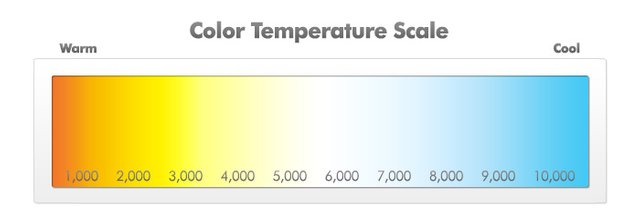
(image source)
Color Temperature of Different Light Sources
Depending on the type of light source the color temperature can vary in a pretty wide range. It is important to know that the color temperature of the sun on a normal bright day is usually about 6500K. This is a very important value as it essentially represents the typical natural color temperature of light that we are used to. There are however many different sources of artificial light that offer a wide variance in the color temperature we get, the lower the temperature, the warmer or redder the light seems and the higher the temperature, the colder or bluish the light seems. The flame of a candle light for example is pretty warm type of light in terms of color temperature, it is around 1700-1800 Kelvin. Different types of lamps typically start at about 2000-2500K and can go all the way up to 6500K and even more, so it is important to note what the color temperature of a lamp is when you are purchasing one depending on what you are planning to use it. Some manufacturers focus on the color temperature while others say their product is warm or soft white or cool white based on the actual color temperature, there are also lamps that go as much as very cool light meaning a color temperature above 6500K that seem to cast a significant bluish tint.

What Level of Illuminance is Acceptable
The level of intensity of the light also depends a lot on the place where you have the light and what it will be used for. The illuminance of light or the intensity we perceive is measured in lux and it can vary depending on your position and distance from the light source. So it is best to measure the illuminance at the spots where people will be sitting or standing and decide if it is enough or not for the specific need. For example normal office light during the day should be at about 300-500 lux, while some other working environments may require an illuminance level reaching as high as 1000 lux or even more. When you are at home at night you normally don't want to have too bright lights and something like 100-200 lux should be enough and your bedroom lights should probably be even lower to help you get to sleep easier. The sun on the other hand on a bright day can go between 10000 and 100000 lux, so it is really much brighter and in the night things get pretty dark if there is no artificial light they can go as lower as under 1 lux. Too bright lights or too dim lights can be comfortable or uncomfortable, it all depends on how and where exactly you are using them, so be careful and choose wisely.
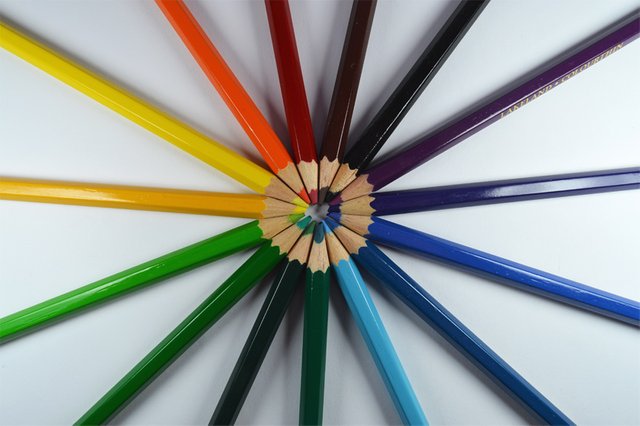
The Importance of the Color Rendering Index
The CRI index is used as a way to help measure a light source's capability to show the true colors of the objects it shines on when compared to a natural light source such as sunlight. The maximum index value is 100 and this is considered the best you can get from a natural light source during the day such as the sun for example, though normally the sun will still be a bit below 100. So you can essentially describe the color accuracy of an artificial light as compared to that of natural light with the Color Rendering Index. Normally artificial lights do not perform as good as natural light with different light bulb technologies producing different results. What you would ideally want is a CRI index of 90 Ra or up, but nowadays this is not an easy thing to do unless you use incandescent light bulb and these are already being replaced by different power-saving alternatives where over 80 Ra is considered a good CRI. Still the higher CRI, the better will be as the light will feel more natural and not seem too artificial, so try to look for a higher CRI index if possible.

What Lights to Use at the Office
Typically office lights are more cooler in between 3500K and 5000K as the idea is for them to provide comfortable and productive work environment with around 4000K somewhat preferred as it is not too much on the cool side or too warm. You probably don't want to go too much on the warmer side of things as this may create the wrong feeling of comfort and laziness instead of productivity and alertness of the workers. Depending of the type of the office however and the kind of work a cooler or warmer setting for the color temperature may be desired. What is more important however is that you are able to provide a good enough brightness levels in the office, so that even if outside is not a nice sunny day the workers will still feel Ok and ready to do their best. In terms of CRI there are no specific requirements here, though it always helps if you go for higher values for this as it will just feel more natural.
What about the people having trouble with bright office lights that are more on the colder color spectrum? Well, people that often get their eyes tired or feel exhausted from office lights may mistakenly think it is the bright light or the colder color temperature. In fact the culprit for this often lies elsewhere... it is the low frequency flicker that is common for the office type of lights. Some people may be more sensitive to the flicker of the lights than other even though they may not "see it", the low frequency flicker can really be a problem. That goes not only for the lights, but also for the computer display that you may be using… just point your smartphone’s camera at it and see if it will be flickering on the preview. That however will be a topic of discussion in another Blog post as it is something that needs more attention on its own.
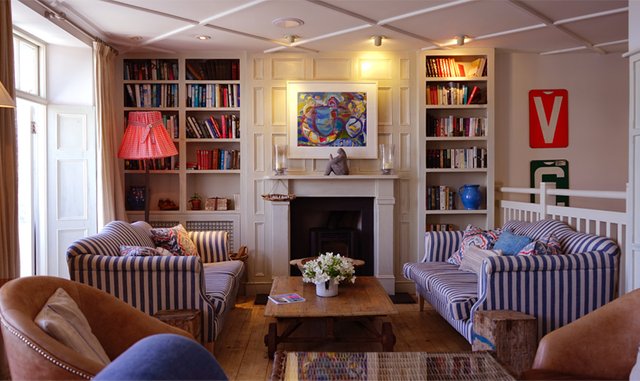
What Lights to Use at Home
The lights at home can vary depending on where you need them. Typically you will use lights at home during the night, so you are probably going to need something on the calmer and cozier warmer side of color temperatures. Something like 2400K-3000K in terms of color temperature usually works best, that is unless of course you need colder office like lights in a home office or a cabinet type of room or in the kitchen for example. Normally at home you will need less brightness unless there are specific rooms where higher brightness may be required for the day or night. The bedroom is especially important as you would normally go for lower brightness lights with a warmer color temperature, here you can go for even warmer than what you use in other rooms in order to be able to get to sleep faster and easier. Remember Blue Light is an enemy of the good sleep, so no colder lights in the bedroom or brighter ones for that matter. If you are using a smartphone, tablet or a laptop in bed before going to sleep you might want to use software reducing the blue light as well (I have covered the use f such software already in my Blog posts). Here there is no specific requirement for the CRI of the lights, but again the higher the more natural the light will seem and this could be more relaxing for you.
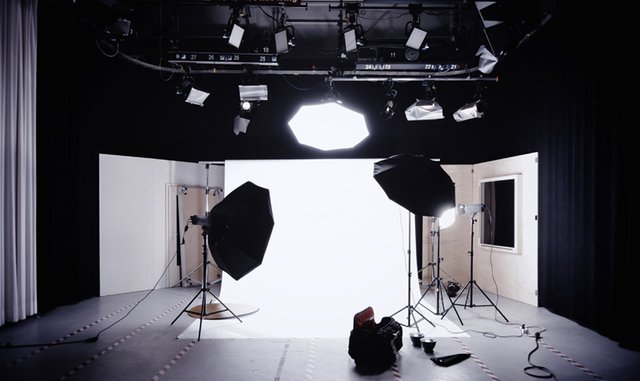
What Lights to Use for Photography
We can look at the artificial lights needed for photography as a special case. Light is especially important for people that want to get good photographs or even record quality video for that matter and it is not only the high illuminance that is needed for good and detailed photos. You can never go wrong with going for higher brightness when you are planning to shoot good photos or videos, the camera can easily compensate with the settings you have available, but if the light is not enough it is much harder to compensate and you will start losing details in the darker areas or start getting digital noise because of having to go for higher ISO setting on the camera. So go for more brightness, but also make sure that your camera settings are properly set for the level of brightness you are getting as this may also cause a possible issue. If the settings are not good you can easily burn some sports due to too bright light and you will not be able to get any details there, but if the image gets darker at some spot you may still be able to get something out of it.
Is color temperature also important, well, yes it is, but it also depends a lot on what you are willing to achieve. Often photographers may use different color filters in order to modify the white light in order to get a specific effect they are looking for. If you are going for white light however you should normally look for something like 5500K light bulbs for the light equipment, though anything between 5000K to 6500K may also work. You are looking for something close to the natural daylight, but normally not too reddish (lover color temperature) or too bluish (higher color temperature). The good thing with digital photography is that you can always open the photo and apply some color corrections if you don't like the initial results too much, the same goes for digital video as well where you can postprocess things after shooting them. Editing and color correcting photos and videos however does require you to use formats such as RAW for photos or higher quality uncompressed video, so that you will be able to get the best results when you are editing them afterwards.
What about the Color Rendering Index? The importance can vary depending on what you are willing to achieve, if you want good and natural looking photos you will want to get lights with a higher CRI that is closer to the natural light of the sun. You can however achieve that effect later on when you are editing the photos if the lights were not that good initially, or maybe you will want to get some creative or arty effects so the CRI may not matter at all. Still it is probably best to look for lighting that is with higher CRI that will normally provide good and natural look for the things you shoot even if you don't edit them afterwards.
If you have a question or want to add something, then please leave a comment below.
Did you like what you have just read? Check my other posts on steemit @cryptos
One advantage of photography is that it's visual and can transcend language.